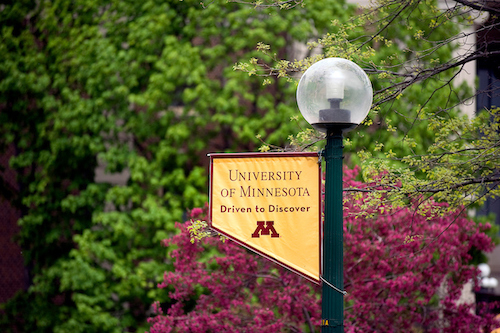
StudyFinder
Effects of Pallidal Deep Brain Stimulation Location on Motor Impairment in Parkinsons disease; Udall Project 2 Aims 1 & 2 Study

Status: Recruiting
This protocol will characterize the effects of deep brain stimulation (DBS) location (both adverse and beneficial) on motor signs in people with Parkinson’s disease (PD). This information can be used to inform future DBS protocols to tailor stimulation to the specific needs of a patient. If targeted dorsal GP stimulation is shown to significantly improve motor features that are typically resistant to dopamine replacement therapy, these experiments will likely have major impact on clinical practice by providing a potential strategy to treat medically intractable symptoms.
Sex: Male or Female
Age Group: 18 years and over
Inclusion Criteria:
• diagnosis of idiopathic Parkinson's Disease (PD)
• have a deep brain stimulator (DBS)
• have had a 7T brain scan
Exclusion Criteria:
• history of musculoskeletal disorders that significantly affect movement of the upper or lower limbs
• other significant neurological disorder
• history of dementia or cognitive impairment
• post-operative complications or adverse effects of DBS
Conditions:
Brain & Nervous System
Keywords:
Clinics and Surgery Center (CSC), DBS, Deep Brain Stimulator, Parkinson's Disease, PD
Study Contact: Kelly Ryberg - rybe0010@umn.edu
Principal Investigator: Colum MacKinnon
Phase: NA
IRB Number: 1608M93561
See this study on ClinicalTrials.gov